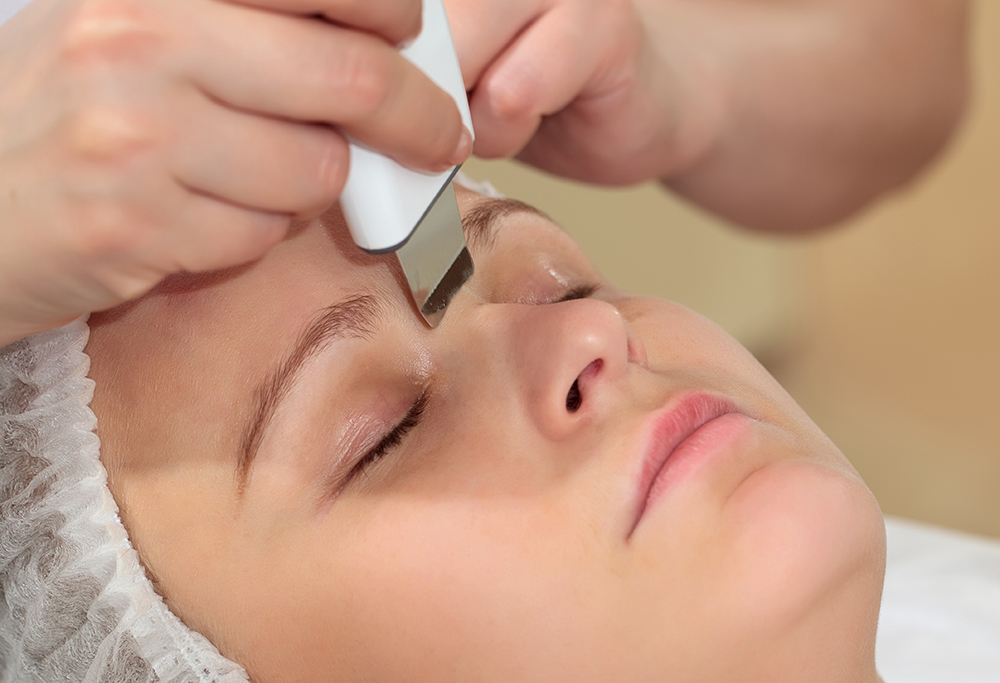Late last year, a piece in the New York Times brought together several politically charged issues in our specialty and thrust them into the national spotlight. Katie Hefner and Griffin Palmer’s “Skin Cancers Rise, Along With Questionable treatments” sought to investigate the ethics behind diagnosing and treating skin cancer. The scope of the article was actually quite broad, touching on the potential of subpar diagnostic and therapeutic prowess of physician assistants, potential new ethical dilemmas resulting from the rise in private equity investment in dermatology practices, and individual patients’ anxieties linked to their treatments.
However, the first thing that struck me about this article was the way with which it portrayed dermatologists and our methods. It characterized dermatology as a “sleepy field” which is “built not on flashy, leading edge medicine but on thousands of small, often banal procedures.” It described Mohs surgery as simply “slicing off a skin cancer in layers” and cryosurgery as a crass procedure done “with an instrument that resembles a blowtorch.”
I found myself taken aback after reading this because I know that our scope of practice, when executed correctly, is one of the most scientifically driven and evidence based among all of the specialties in medicine. The procedures we perform are elegant, even if not always exciting, and patients depend on our unique skillset in order to treat potentially life threatening skin cancers, among other serious conditions.
While the article in question painted dermatologists in a potentially misrepresentative light, the majority of the authors’ scrutiny was actually reserved for physician assistants. The authors describe several cases in which PA’s are being employed by practices driven by private equity investment where they work without direct supervision, and insinuate that they are increasingly more motivated to do full body skin exams on elderly patients that won’t benefit from diagnosis or treatment. Furthermore, they describe a situation in which a PA biopsied lesions that several dermatologists did not find suspicious via an informal tele consult, and another patient’s experience in which a PA recommended superficial radiation to treat several non-melanoma skin cancers, while a dermatologist recommended what appeared to be electrodessication and curettage.
The article’s focus on the diagnostic accuracy and appropriateness of treatment recommendations of dermatology PAs created a lot of buzz in the dermatology community. A formal statement from then AAD President Henry Lim re-iterated the AAD’s position that all physician extenders employed in dermatology should be directly supervised by board certified dermatologists, as they are “uniquely qualified to diagnose and treat skin cancers.
Some of the buzz created by this New York Times article has been reignited by a study published in JAMA Dermatology in April 2018. The article by Anderson et al seeks to answer the question: are PAs as accurate as dermatologists when it comes to correctly diagnosing skin cancer during full body skin exams? They constructed a retrospective chart review looking at skin cancer diagnoses of 15 dermatologists and 15 PAs at various University of Pittsburgh-affiliated dermatology practices. Their main measure was the number needed to biopsy (NNB) of each group for melanoma and skin cancers overall.
Their findings suggested greater diagnostic accuracy of dermatologists over PAs, with NNB to diagnose 1 case of skin cancer overall at 3.3 vs 3.9, respectively. When analyzing diagnosis of melanoma alone, the NNB was 25.4 in the dermatologist group and 39.4 in the PA group. However, upon analyzing the methodology, these results seem somewhat unreliable.
Firstly, the authors note a large difference in experience between the two groups, with the physicians having an average of 13.5 years of experience in dermatology compared to 6.9 years in the PA group. Furthermore, the authors do not include residency training as part of the physicians’ experience in dermatology. Dr. Matthew J. Zirwas pointed this out in his response to the study on the website Practice Update, adding “if dermatologists aren’t gaining clinical experience during residency, then what exactly are they doing? Obviously residency should count, meaning the difference in experience between the two groups is actually close to 10 years (6.9 years for the PAs vs 16.5 years for the dermatologists).” Dr. Zirwas notes that he has also submitted a letter to the editor asking that the data from this study be reanalyzed for years of experience. Furthermore the study does note that all of the PAs included in the data are directly supervised by dermatologists, and that there is no way of knowing in which cases a dermatologist weighed in on a PA’s decision to biopsy a lesion.
So where do we go from here? In a specialty where access is limited in certain areas, and wait times for visits are long, PAs and physician extenders could be a potential solution for at-risk patients in their need for skin cancer screening. However, are we doing our due diligence in allowing non-physician providers take the helm for these patients? I personally think that data like those presented in the study above are important, and should be more rigorously studied in an unbiased fashion. More importantly, I think standardized training for physician extenders, and a requirement for direct supervision would ensure that our patients are getting the care that they need and deserve.

